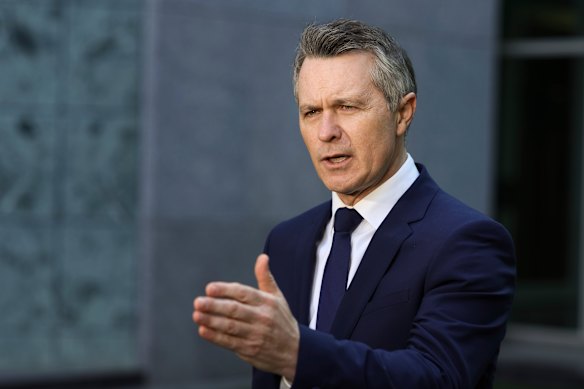
More than 3 million holders of Higher Education Contribution Scheme (HECS) debts in Australia will see their balances reduced by 20% starting from mid-November 2023. This significant move comes as part of a core election promise made by the Albanese government, which was introduced to parliament on the first day of its new term.
The Australian Taxation Office (ATO) will initiate the process of applying these cuts to all HECS debts from mid-November. By the end of November, approximately 50% of affected debt holders are expected to see the reduction reflected in their statements, with the remaining borrowers receiving their adjustments by mid-December.
Federal Education Minister Jason Clare emphasized the importance of this change, stating, “We promised we would cut your student debt by 20%, and we are delivering. This is a big deal for 3 million Australians.” He added that the reduction is already factored into people’s balances as of June 1, but borrowers will soon feel the impact of this financial relief.
For an average HECS debt holder with an existing balance of $27,600, the reduction translates to a decrease of just over $5,500. All debt cuts will be backdated based on the June 1 balances, preceding the most recent round of indexation adjustments.
Policy Overview and Financial Implications
The Albanese government announced the policy aimed at deleting approximately $16 billion of student debt over a six-month period before the May 2025 federal election. In conjunction with this debt reduction, the government will also raise the income threshold for repayments. From now on, debt holders will begin repaying their HECS debts once their income reaches $67,000, up from the previous threshold of $54,500.
While student loans do not directly impact the federal budget’s bottom line—given that the government earns a return on these debts—HECS debts are included in the government’s overall net debt calculations. The reduction and adjustments to indexation represent the first legislative effort made by the re-elected Albanese government, though the specific timeline for the implementation of the cuts remained uncertain until now.
This policy is poised to alleviate the financial burden on young Australians, particularly those who have recently graduated and are just beginning their professional journeys. The government’s commitment to reducing student debt not only fulfills an electoral promise but also reflects a broader strategy to support the financial well-being of the next generation.






